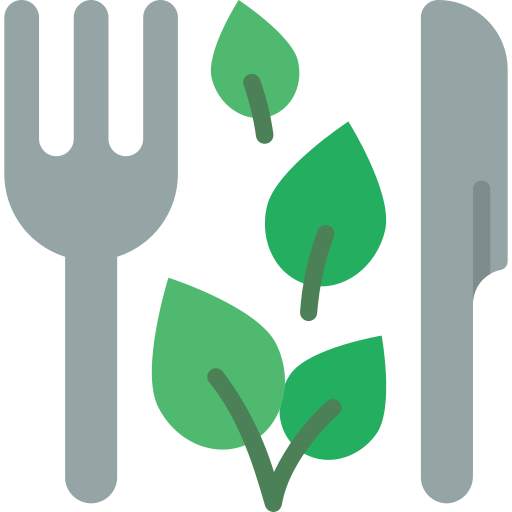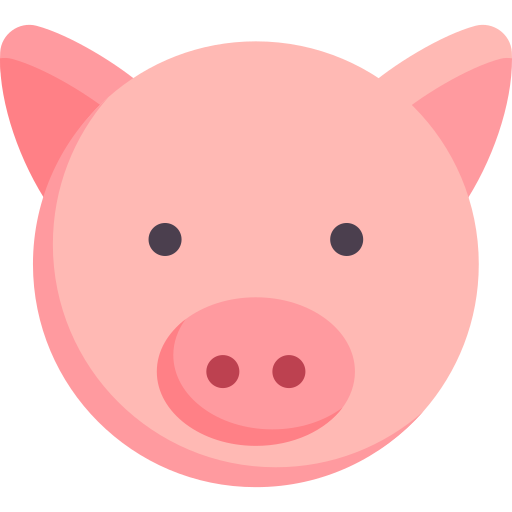Protein is an essential macronutrient. It participates to the muscular renewal, the bone mass’s, the skin’s, nails’ and hair’s, to the oxygen circulation, to the immune response and finally to the digestion.
It is advised to get around 0,8g of protein per kilogram of bodyweight per day (more between 1 or 2 grams for people who do a lot of sports or want to gain muscular mass).
This means that if your weight is 60kgs and do sports moderately, you will need at least 50 grams of protein per day.
Protein is everywhere.
As a vegetarian, you can still eat dairies, eggs, all the plant-based proteins (leguminous plants, cereals, nuts, grains), seitan (made out of wheat protein) and finally a superfood: tofu. At the end, this makes a great bunch of options.
 VEGANISM FOCUS
VEGANISM FOCUS
Eating vegan requires a little bit more focus than eating vegetarian.
According to us, it is essential to have at least basic notions of nutrition and to search for information before starting a 100% plant-based diet.
The main difference is that a vegan stops, beyond animal products (meat, fish, sea food), eating eggs, dairies and other products of animal origin (honey etc…).
What is the difference between animal and vegetal proteins?
You can often read that plants contain less protein than animal products. You also hear that our body absorbs less vegetal proteins than animal proteins since they are “incomplete”. The difference between the two is an issue of amino acids.
Amino acids are 22 in total. More than half of them are synthesizable by the human body. However, some of them called « essential » because they can’t be synthesized and we can only get them with food. These are the essential amino acids.
Animal proteins are often more complete, that is to say that they often contain all the essential amino acids.
On the other hand, plant-based proteins, according to their type, don’t always have them all. For example, leguminous plants have a lot of lysine whereas cereals have a lot of methionine, both being essential amino acids…But…
The myth of combination
We often see that to be healthy, a vegetarian or a vegan must combine different sources of vegetal protein in one same meal to get the essential amino acids.
This could sound logic; however, the American Dietetic Association and the Group of Dietitians of Canada agree to say that it is not necessary.
Vegetal protein can match our nutritional needs IF the diet is diversified and provides enough calories. Better said, if you eat enough calories and as diversified as possible, you don’t need to do those combinations.
Nevertheless, it doesn’t seem dangerous or bad to do so. It might be interesting if you are in an optimisation phase, willing to gain muscular mass.
Reminder :
– Leguminous plants are: beans (red or white…), chickpeas, peas, lentils (green or coral), soy…
– Cereals are: wheat, quinoa, rye, corn, rice, barley, oat, bulgur, spelt
BENEFITS AND LIMITATIONS
 Pros and cons of animal protein : easier to handle since they are often complete, they have more fats that enhance bad cholesterol if consumed too often. They are also acidifying for the human body.
Pros and cons of animal protein : easier to handle since they are often complete, they have more fats that enhance bad cholesterol if consumed too often. They are also acidifying for the human body.
 Pros and cons of plant protein : a little less easy to handle since you have to cook them (soaking is very interesting for leguminous plants in order to reduce their rate of phytic acid). They are rich in low or moderate glycaemic index carbohydrates (except from refined foods) and have a high level of fiber. Therefore, they are a great source of nutrients of all kinds.
Pros and cons of plant protein : a little less easy to handle since you have to cook them (soaking is very interesting for leguminous plants in order to reduce their rate of phytic acid). They are rich in low or moderate glycaemic index carbohydrates (except from refined foods) and have a high level of fiber. Therefore, they are a great source of nutrients of all kinds.
 Finally and FYI, here is a list of plant ingredients and their percentage of protein
Finally and FYI, here is a list of plant ingredients and their percentage of protein
– Seitan = 75%
– Soy = 36%
– Lentils = 25%
– Almonds = 25%
– Quinoa = 14% Compared to :
Compared to :
– Parmesan (the highest protein rate of all cheeses) : 39%
– Beef meat : 26%
– Chicken : 27%
– Sheep : 25%
– Pork : 27%
– Eggs : 13%
 In organic shops and sometimes in supermarkets, you can find good vegan substitutes to meat (good regarding taste and nutrition), such as seitan and wheat steaks, soy steaks, “escalopes” etc…
In organic shops and sometimes in supermarkets, you can find good vegan substitutes to meat (good regarding taste and nutrition), such as seitan and wheat steaks, soy steaks, “escalopes” etc…
However, make sure that they have a good protein rate (at least 15% of protein), few saturated fats, no sugar or additives. A minimum number of ingredients is a good sign.
TOFU FOCUS
Tofu comes from soybeans and exists in multiple forms. Raw, it is not very tasty. But you must know that it is very rich in dry protein (proteins that have few fats and few carbohydrates). Translation: it is your best ally to stay fit!
We hear a lot of things about soy and the “hormones” it contains. Information is not clear about this topic. Therefore, it is your choice to make. We know many vegetarians don’t eat it at all. If you eat it, make sure it comes from a “local” production (Europe if you are in Europe for example). Also it should be organic and not genetically modified preferably.
Regarding its taste, you can soak it into any sauce you like (soy sauce for example), it will absorb its taste ! You can also find prepared tofus, that are super tasty such as smoked tofu, ideal to replace bacon in your recipes, or garlic and herbs tofu to go with your salads.
Here is a list of vegetal foods known for their high rate of proteins.
FYI, we tried to look for their respective protein rates by crossing several sources, but the exact information is hard to find and sometimes changes from one source to another.
Therefore, don’t take for certain the numbers below, take them as an indication.
What’s important is that those are the highest protein vegetal options you can get. Including them in your diet can only do good.

